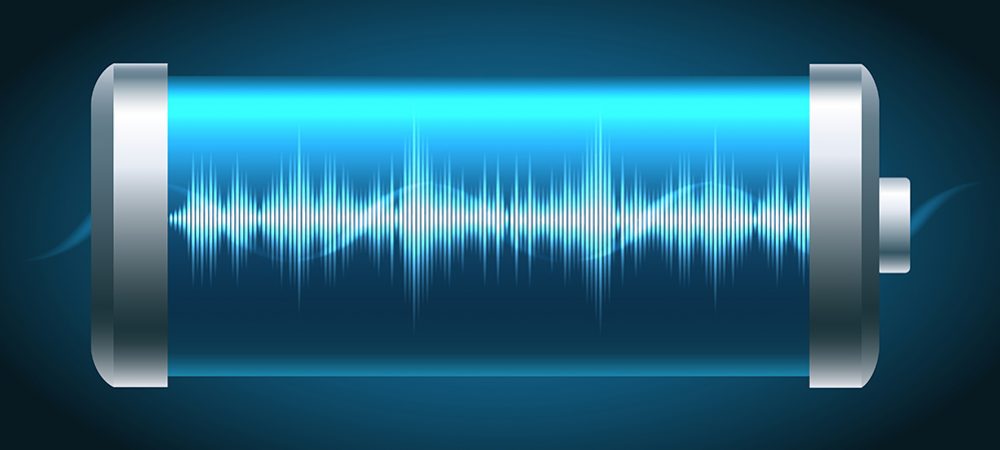Carlo Quiriconi, Industrial Applications Manager for Australia and New Zealand at Vertiv, tells us data centres don’t need to be a threat to sustainability and promotes the case for lithium-ion batteries.
As Australia pulls itself out of the first recession in nearly 30 years and the pandemic underscores the fragility of international supply chains, manufacturing has been singled out as one of the core industries driving the nation’s post-pandemic recovery.
Meanwhile this year Australia is set to see a six-and-a-half percent increase – three-billion-dollars of spend – in data center investment, with the pandemic forcing businesses to invest in much-needed IT infrastructure to ready for a new era.
With organizations continuing to invest in hybrid IT and workforces and experiences becoming increasingly virtualized, the reliance on this technical real estate is set to rise further. Everything you do in ‘the cloud’ (i.e pretty much everything) relies on a vast, energy-intensive, on-the-ground data center.
The link between the cloud and sustainability cannot be ignored. The accelerating process of creating, storing, sharing and living and working on data has an environmental footprint which can be seen in the data center. We have infrastructure in virtually every data center in the world and we estimate they already account for about five percent of energy consumed.
But data centers aren’t – or at least don’t need to be – a threat to the movement of sustainability. With digital investments soaring, the manufacturing industry that supports technology set to boom, and the debate around ‘if’ changing to ‘how’ in our carbon neutral future, now is the time to improve the environmental sustainability of Australia’s data center ecosystem.
In fact, looking at what actually powers these data giants presents an opportunity for governments and businesses to reduce their costs and carbon footprint.
Lithium-ion batteries on the rise
Utility-scale energy storage is something of a missing link in the industry’s effort to power the cloud with renewable energy.
But the rapid development of lithium-ion batteries is changing that, and it’s finally gaining momentum in uninterruptible power supply (UPS) systems, the backbone of every data center.
While the market for these batteries heats up in Australia, back in the data center they’re cooling this down. Content at 35-to-40 degrees celsius, lithium-ion batteries require much less cooling and energy use than their lead-acid counterpart, which traditionally cap at 25 degrees celsius.
Moreover, when sitting idle, a lithium-ion battery loses just one-to-two percent of its charge per month and offers an average lifetime double that of a lead-acid battery, significantly reducing on-going maintenance costs. Data center operators can further optimize the battery’s life cycle with its unique in-built battery health management system.
Further, these batteries are far denser, using just half of the rack space compared with lead-acid batteries. The industry may be expanding, but the size of the infrastructure itself is shrinking, just as the batteries that support it need to too, all the while running harder and faster.
The benefits are evident. Where the smaller footprint and reduced maintenance requirements are a natural fit, data centers and businesses can leverage this technology to lower costs and free up valuable IT capacity.
So as lithium-ion batteries increase in popularity across the industry, there’s an economies of scale opportunity in Australia – bringing the greener advantage further up the supply chain.
Shifting the lithium-ion battery value chain
Australia holds significant global supply-chain advantages by having almost all of the necessary
mineral elements available, combined with demonstrated expertise in high-tech engineering and renewables research.
By enabling efficient domestic processing and manufacturing of finished products, our accessible resource base of raw materials fully supports a short supply-chain production capacity.
But to date, there’s no operational commercial-scale lithium-ion battery manufacturer in Australia. Yet, lithium itself is a compound mineral in which the country is vastly rich.
Further, Australia has domestic access to every essential mineral required to support the lithium-ion battery supply chain, and positively we’ve just begun to see movement in building onshore capability with local battery manufacturers announcing multi-million-dollar production facilities.
For our burgeoning data center industry, expanding lithium-ion battery production in Australia serves as a more intelligent way to ready the country for a post-pandemic digital revolution, sustainably and efficiently.
Click below to share this article

